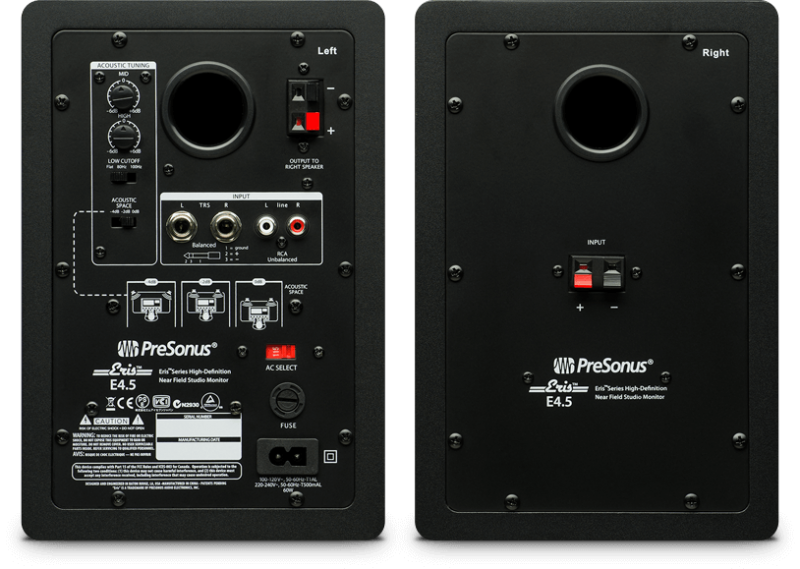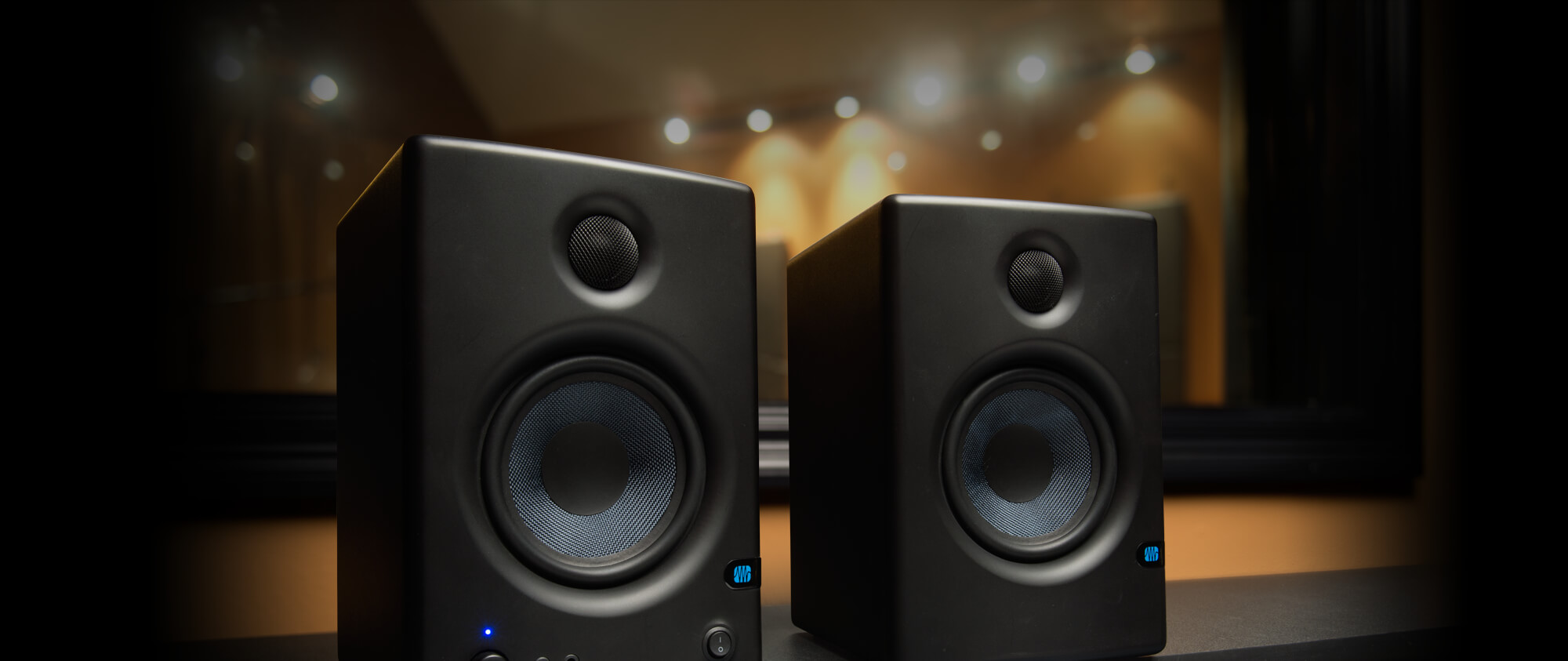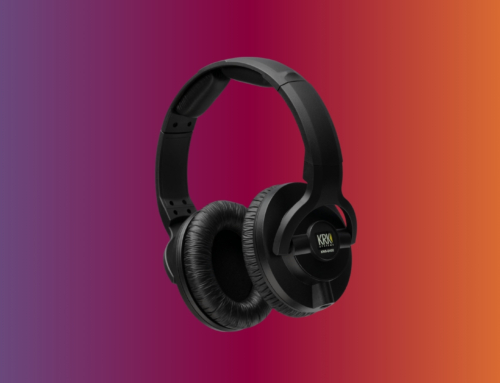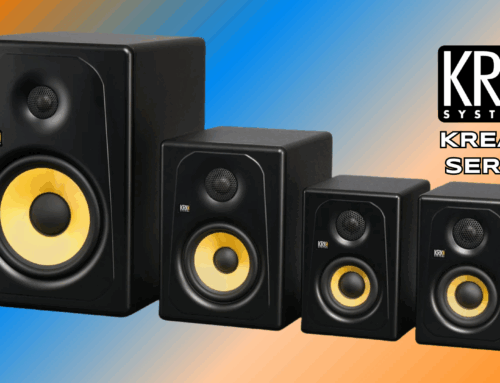When a music brand releases a set of active speakers with a price tag of around the $200 mark, it is natural to think that they won’t be the best out there. Though this is not chump change, for a top-end studio monitor set you can spend many times the price of a set of Eris 4.5s. However, many audiophiles have found themselves pleasantly surprised by the quality on offer here.
PreSonus has been manufacturing products like monitors for a relatively short space of time. The Eris range of speakers only came out in 2013. In audio brand terms, this makes it a relative baby!
In this Presonus Eris E4.5 review, we’re looking at the features of these monitors as well as the plaudits the brand has received for it, as the Eris range gradually establishes itself as one of the best budget audio ranges you can get your hands on and grows in popularity around home studios everywhere.
Looks and Design
The look and style of a speaker isn’t the number one priority, but if you’re building a home studio, the chances are you want it to look cool. Some manufacturers spend a lot more time on this than others, and I don’t think anyone from PreSonus would mind us describing the look of the Eris 4.5 as ‘basic’. This means that they probably won’t have your producer buddies drooling, but they will fit in with most room designs.
More important design features come into play when discussing the functionality of a speaker, and the PreSonus Eris E4.5 isn’t found lacking in this area. The most regularly used controls, including on/off and volume levels, can be found on the front of the speaker. This means no more awkward reaching around feeling for a switch when you need to make a change.
When you need control of the lesser used aspects, you can get to these on the back where there is a logical and simplistic I/O cluster.

Build Quality
The build quality of speakers is vitally important. Anyone who has ever had a set of monitors develops a rattle or a buzz after a period of time will know how key it is to choose speakers which are well built. The E4.5 has absolutely no issues in this area, and for a budget product, the build quality is actually very good.
Performance and Acoustic Settings
We’ve got more on the features of the PreSonus Eris 4.5 below, but we wanted to cover the most impressive aspect of these monitors before delving into these details; the performance.
While it would be an exaggeration to say that these are the best speakers in the world to use for mixing, for a budget range, you will struggle to find a flatter frequency response. This is true no matter what volume and the accuracy don’t drop off much if you need to crank these speakers. If you are a true, seasoned audiophile then you might notice some little inaccuracies here and there, but these tend to be minute. Plus, if your ears are seasoned enough to be noticing the failings of the PreSonus, you’re probably used to far superior speakers which aren’t in the budget range.
The acoustic settings are a huge selling point when you consider the price. You have settings regarding the “Acoustic Space” which lets you choose properties of the speaker to suit the room you are in. Many producers fail to do this and being able to with the Eris 4.5 can give you an advantage when it comes to accuracy. The tuning controls also on the speakers allow you to alter and flatten the frequency response in certain areas for even more accuracy.
Tech Specs
On to an outline of the specifications of the product. Vitally, the drivers and the amplification of this monitor. This is a 50W set of monitors, so 25W from each of the speakers. The accuracy comes from a 1” lightweight tweeter, which has a fast and accurate response for the high end of the mixes. The 4.5” Kevlar cone under it handles the low-end and a lot of the mids. This cone is great for pushing to some really low frequencies.
These monitors can handle a surprising level of bass, making it popular among producers of many electronic genres. You can get to a bassy mix without using a sub. The 70Hz-22kHz frequency response is very impressive for budget range audio.
There is plenty of connectivity when it comes to inputs and outputs, too. Ins include a ¼” TRS, ⅛” TS (standard auxiliary input) or a dual RCA Stereo input. This means that whatever audio gear you want to plug in, from DJ decks to your mixing desk, should work fine. A ⅛” headphone out is also in place.
Conclusion
Sometimes when listening to speakers you can develop your own opinions on it, based on how it reacts with your own hearing and the music you are making or listening to. You might find these opinions aren’t backed up by others! However, this isn’t the case with the PreSonus Eris 4.5, which is generally accepted as a flat, understated but reliable speaker with a logical design, allowing you to mold to the acoustics of the space you are in. For the price tag PreSonus has set, these monitors take some beating, and there aren’t many at this cost which can come close.




